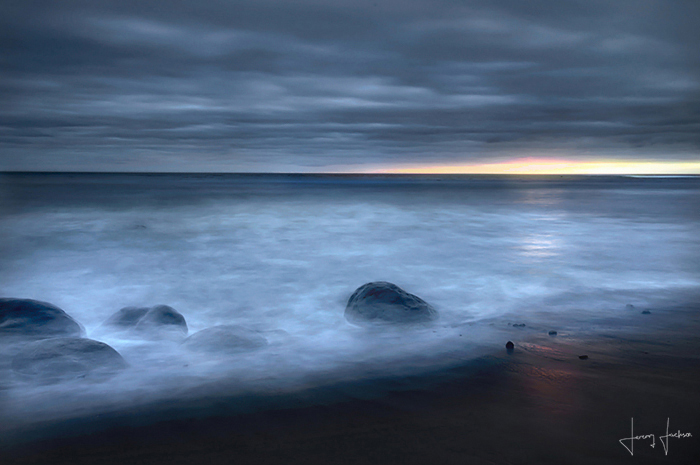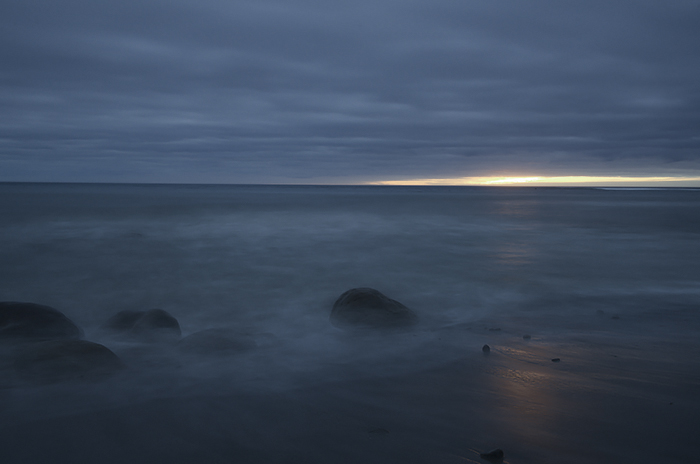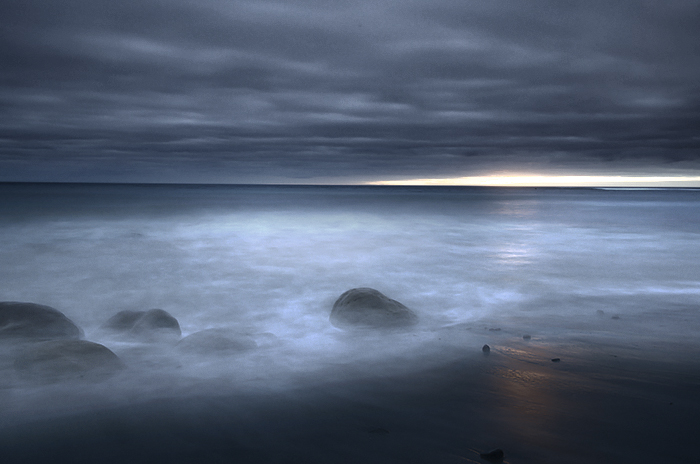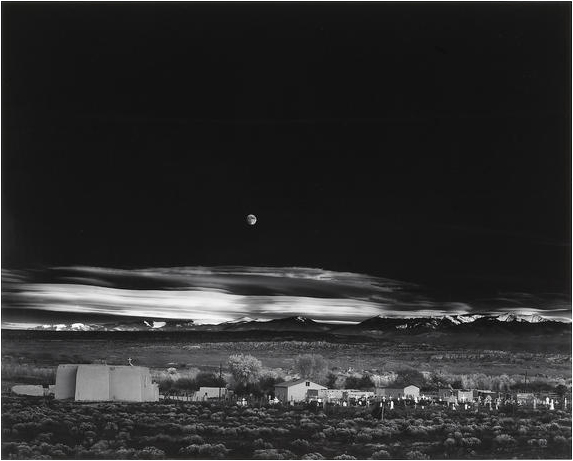Welcome to the Maru Landscapes Blog. Here, I will share with you my latest images, techniques, and thoughts on landscape photography. From the best places to go, to the best equipment and techniques to use, you will find it here. I hope you enjoy the blog and come to visit often.
Jeremy Jackson
Ansel Adams: "Dodging and burning are steps to take care of mistakes God made in establishing tonal relationships."
Story: Many people now ask photographers....."Is that what it really looked like? Or did you mess with this in Photoshop?" This question, more than any other, has created controversy and some upset in the digital era of photography. In this post, I'd like to show you an example of the process of taking a raw "in camera" image to the finished image you see here on my website. Along the way, I'll speak a little bit about where I stand on some of the issues involved in digital manipulation.
The first image below is the final photograph after Photoshop retouching. The image below it is a raw file of what we call the "in camera" image. This is what was recorded on the image sensor of my camera. As you can see, the images are very different. Let's take a look at these differences, and how they were created.


Step 1: The first thing I noticed about the original was the colour cast. The colour of the actual scene looked nothing like what the camera recorded. As you can see, the "in camera" image has an odd turquoise hue that is unnatural and jarring. My first decision then was to change the colour of the image to something with less cyan and green and more red, blue, and magenta. The result of that manipulation is below:

Step 2: It's important to understand two things about the development of photographic images. The first is that the modern digital sensor - if you have a very good one - has extremely high dynamic range. One consequence of this is that normal scenes often appear "in camera" to have very low contrast. A low contrast image makes the scene look much more monotone or "flatter" than it would appear to the naked eye. This scene is an example of this. Had this image been made in film, it would have had a much higher contrast - the darks would be darker and the brights would be brighter. The result would be an image that appears much more natural than the image captured on the digital sensor. This means that, when using a digital camera, we often need to increase the contrast of our images significantly in post-processing in order to achieve a more natural, film type look.
The second thing that is important to keep in mind about the development of photographic images is the application of dodging and burning. Dodging and burning allow the photographer to lighten some areas of an image and darken others. Ansel Adams is well known for applying extremely aggressive and skillful dodging and burning to many of his images. Dodging and burning are techniques that have been used since the very beginning of landscape photography. Without these techniques, it is likely that Ansel Adams would not be well known and his images would have received very little acclaim.
So, step 2 in the process of developing this image was to increase the overall contrast and apply dodging and burning to some areas of the sky and ocean. The result of this process is the image below:

What do you think?: Usually, at this point, people begin to complain. The common view is that the image is now unreal because it has been manipulated too much in Photoshop. But I think that's wrong. The changes I made to this image in step 2 are changes that were made routinely in the film era. The effects in film images resulted from the high contrast nature of film itself and the age-old techniques of dodging and burning. Nothing has been done to this image that could not have been done and would not have been done in film.
Step 3: If you use your mouse to roll over the image above, you will see the final image. The differences are minor now and mostly a matter of taste. I cropped the image a little and made minor modifications to tonality, colour balance, and sharpness. I like the look the final changes give but another photographer might make very different final decisions.
So there it is. What do I think about this? The only thing that matters to me is authenticity. As long as the changes I make to an image do not strip it of it's authenticity, I feel free to make them. As long as the image is believable and moving, I feel satisfied that the post processing changes I have made are justified. What is the relationship to reality of this image? The final image is much closer to reality than the original.
Still Not Convinced? The image below is perhaps the most famous that Ansel Adams ever made. It has striking tonality with an almost black sky and a wonderful "splash" of light on the foreground buildings. It is easy to see how an image such as this could draw people in and communicate so effectively. But this is a" finished" image. An image of the "final print". This is the image after Ansel applied his now trademark high contrast style and aggressive dodging and burning. What did the "original", "in camera" image look like? Just scroll your mouse over the image to see.
Copyright, Ansel Adams
Ansel Adams: "Some photographers take reality... and impose the domination of their own thought and spirit. Others come before reality more tenderly and a photograph to them is an instrument of love and revelation."
All images copyright of Maru Landscapes - 2010. Landscape Photography of the Pacific Northwest.










